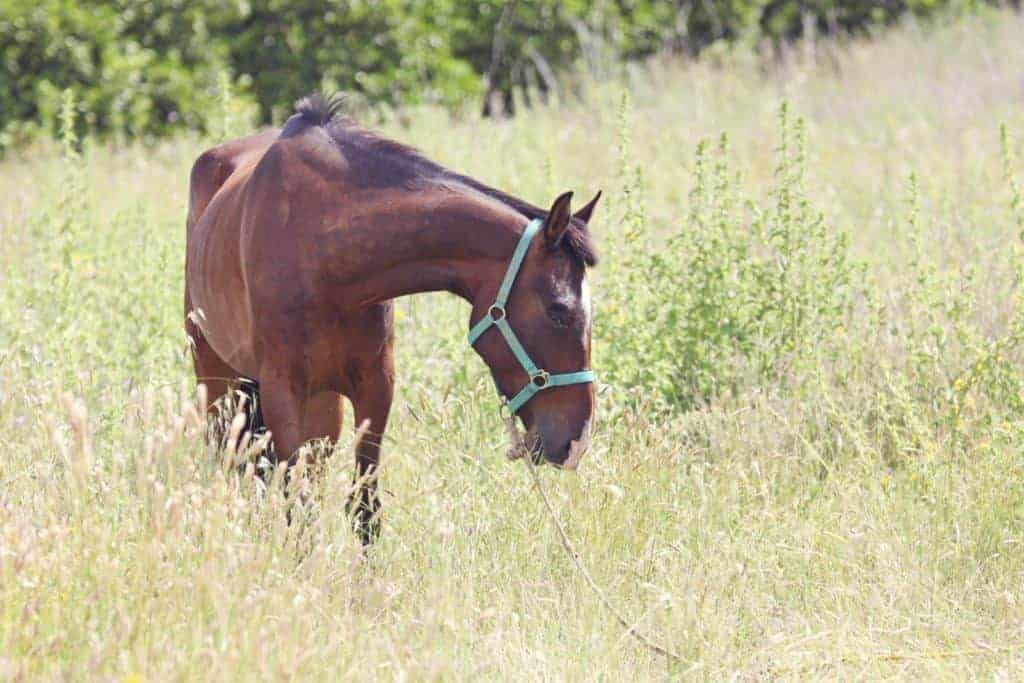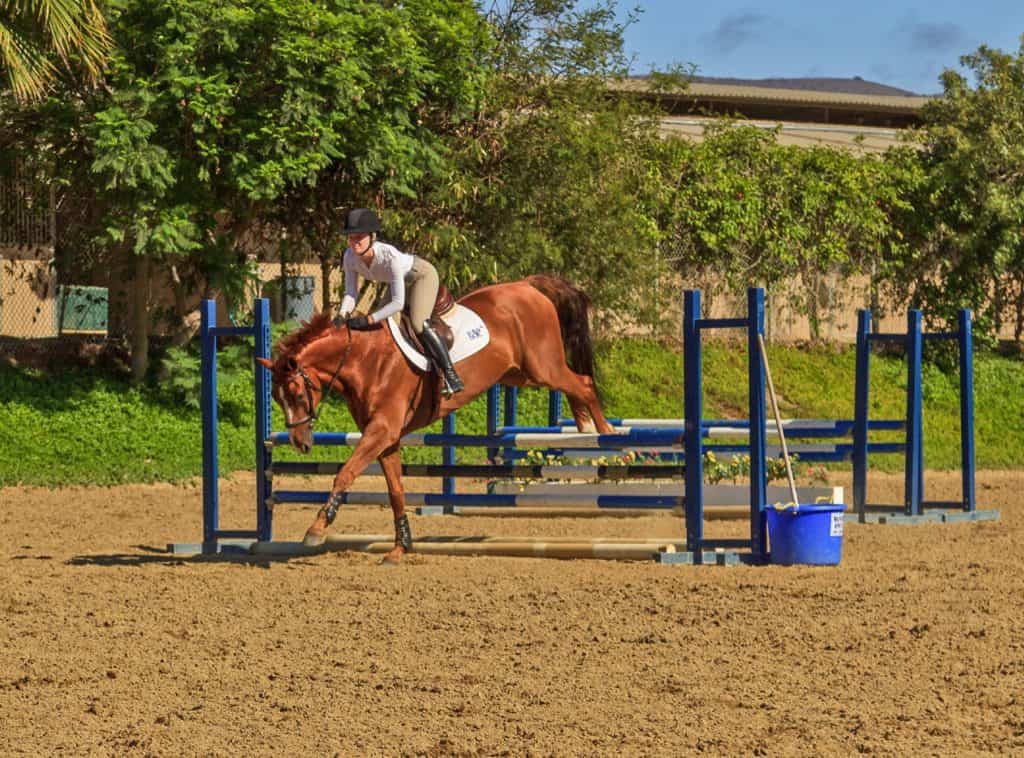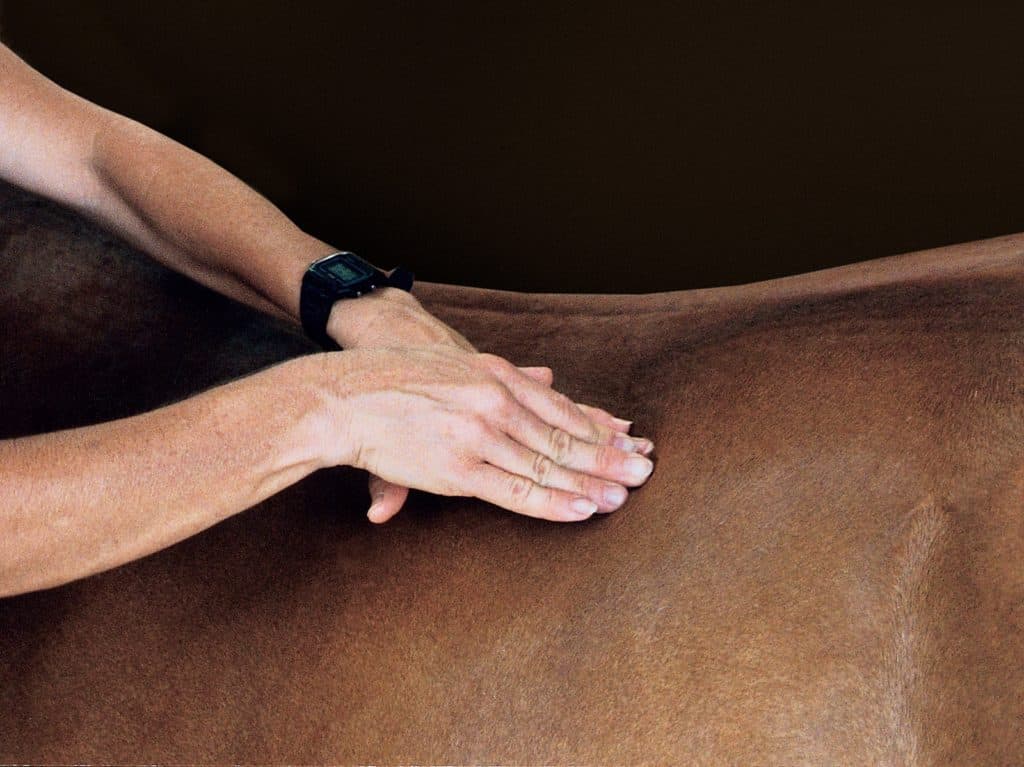
Bone Scans in Horses Not Always Accurate in Poor Performance Exams
Recent research suggests that bone scans in horses aren’t always accurate in diagnosing causes of lameness and poor performance in sport horses when used alone.

Recent research suggests that bone scans in horses aren’t always accurate in diagnosing causes of lameness and poor performance in sport horses when used alone.

Magnesium, an important macromineral found in most feedstuffs, plays integral roles in muscle contraction, skeletal growth, and a variety of enzyme systems, such as those involved in energy production.

Learn more about these trace minerals that are vital to horse health.

Do all young horses with fluid-filled joints or lameness have osteochondritis dissecans (OCD)? Download this fact sheet to find out.

Researchers have learned that fractured splint bone healing can be optimized by replacing metal screws with absorbable ones.

The saddle you bought a decade ago for your now-retired show horse doesn’t fit your new prospect. Now what? Learn how to find a saddle fitter, buy or modify a saddle, and recognize the right fit for your horse.

Researchers performed diagnostic imaging on Standardbreds’ limbs to pick up early signs of damage to bones, muscles, tendons, and ligaments. They noted more serious lesions—and more lesions in general—in horses trained only on a firm surface.

Many Thoroughbreds start racing at 2, but Justify didn’t make his first start until he was 3 and won the Triple Crown. Does this mean we shouldn’t start racing horses until they’re older? An equine surgeon and lameness specialist weighs in.

Scientists are continuing to uncover which genes are responsible for certain traits in horses.

In horses bone development begins in the womb, but researchers are still working to understand the complexities of in utero bone growth.

Once the biomarkers identified in this study are confirmed through more tests and larger samples, scientists might be able to develop treatments to prevent chronic pain, researchers said.

Researchers found that many horses not diagnosed with neck pain had bony changes in the cervical spine.

Horses with myositis experience rapid, widespread gluteal and epaxial muscle atrophy. Here’s what veterinarians know about about this immune-mediated condition.

Recent study results suggest competitive riders would be much more inclined to use technology to keep track of their mounts’ biometric data than recreational riders would.

A single-toe format “outweighed the costs” of multiple-toe formats as horses gained body mass and grew longer legs.

A bill pending in the Nebraska legislature would exempt equine massage therapists from licensure in that state.
Stay on top of the most recent Horse Health news with
"*" indicates required fields